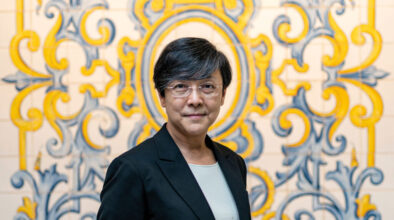For tourism professionals, the annual Pacific Area Travel Association (PATA) summit is a must-attend event. It brings together national tourism leaders, influential startups and key stakeholders, from hoteliers to travel agents and experts in fields such as aviation and technology. More importantly, the event offers a glimpse into the future of this crucial industry.
Through official presentations, roundtable talks and discussions that occur on the sidelines, PATA’s summit highlights the trends and innovations driving growth in Asia Pacific, a region welcoming more than half a billion international visitors annually.
The host city often plays a major role in shaping these discussions. This year, from 15-17 May, Macao hosted the PATA summit with the timely theme: “Reimagine Tourism”.
Macao’s leaders seized the chance to showcase the SAR’s strengths, welcoming over 450 delegates to three days of insightful talks at an integrated resort in Cotai.
Above all, they took advantage of the opportunity to raise Macao’s profile as a travel destination.
Challenges in a changing world
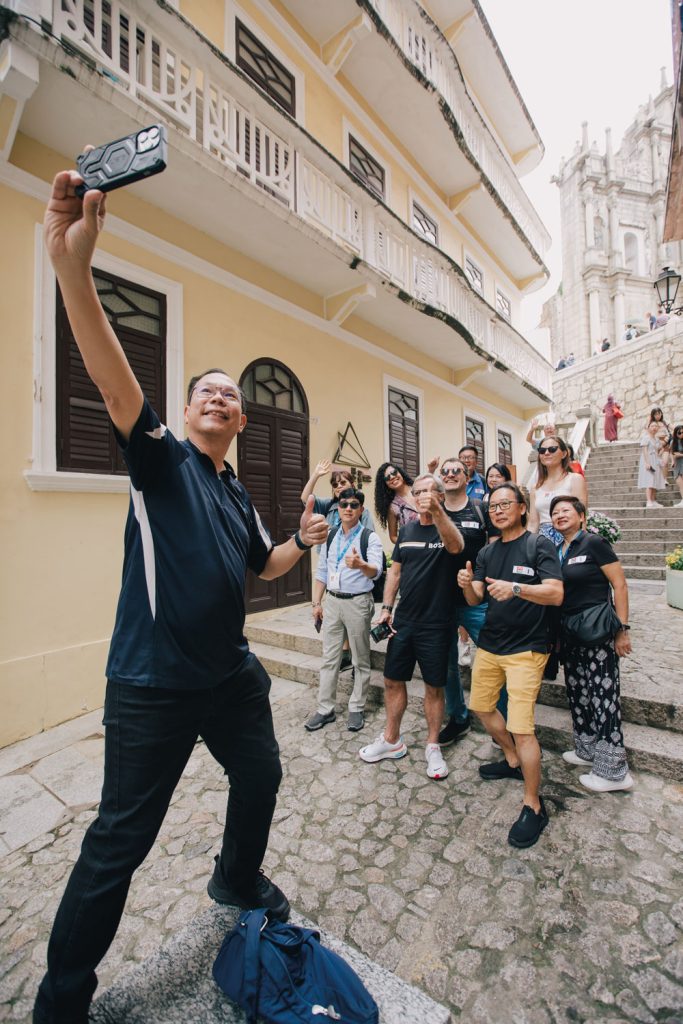
From the start, the PATA summit reflected the changing landscape of travel in Asia.
After years of disruption caused by the Covid-19 pandemic, the tourism sector is still rebounding across the region. But the industry itself has also changed, according to dozens of delegates who gathered for roundtable discussions to kick off the first sessions open to members of the public.
Jonathan Low, CEO of the Global Success Learning Academy, executive committee member of PATA Malaysia and host speaker throughout the three-day summit, cited the challenges many Asia Pacific operators are dealing with today. Those include everything from finding, retaining and upskilling talent to navigating the rising cost of flights and accommodation to dealing with the way digital technology has enabled consumers to plan and book trips without travel agents.
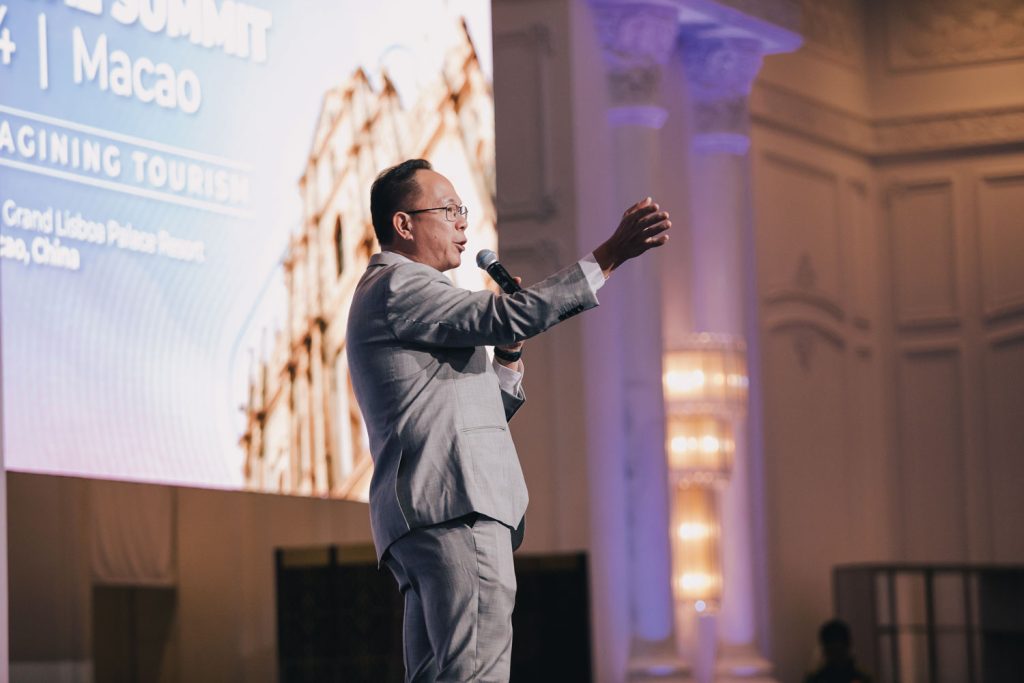
Meanwhile, in a panel discussion that centred on travel opportunities in China, Peter Semone, PATA’s chairman, trumpeted the country’s incredible potential to attract millions more inbound visitors and establish itself as one of the world’s top travel destinations. But he also cited the challenges that could hold it back, from language barriers to technological disruptions.
“China is not just a country – it’s a civilization that has so much to offer in terms of history and knowledge,” Semone said to an audience so large that it quickly became standing room only.
“But China is misunderstood [by international travellers]. China struggles to communicate the great aspects that it has. Tourism is focused on just a few places: Shanghai, Beijing, Xi’An, Guilin. But that’s not [all it has to offer],” he added.
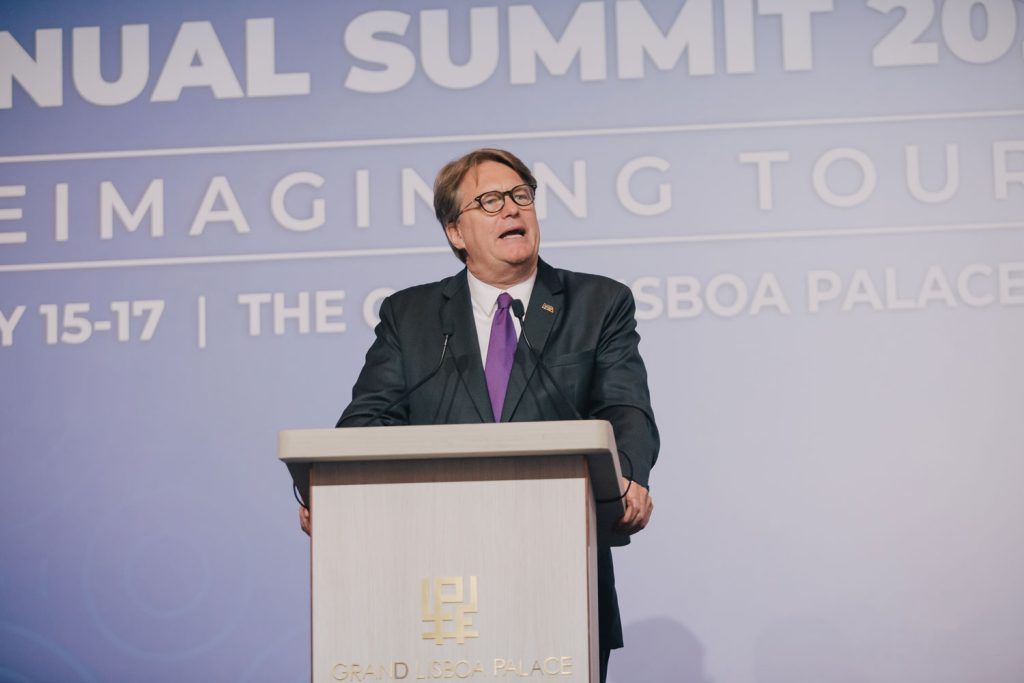
Retention, technological disruption, attracting global travellers in a saturated market. For Macao, these potential hurdles come with an additional challenge: local business and government leaders are embarking on an ambitious plan to diversify the tourism industry.
In her opening remarks, Maria Helena de Senna Fernandes, director of the Macao Government Tourism Office (MGTO), highlighted the excitement – and potential pressures – the year ahead might have in store for the SAR.
“2024 is a momentous year for Macao. It is the first of a five-year development plan for economic diversification,” she began, alluding to Macao’s ambitious “1+4”, or “Tourism+,” development plan, which aims to weave culture and creativity, sports, MICE, gastronomy, and health and wellness into the tourism sector.
Yet these challenges also present opportunities “to show the new dynamics of Macao as a world centre of tourism and leisure after the pandemic,” added Senna Fernandes, highlighting the SAR’s rich culinary and cultural experiences, as well as its MICE readiness.
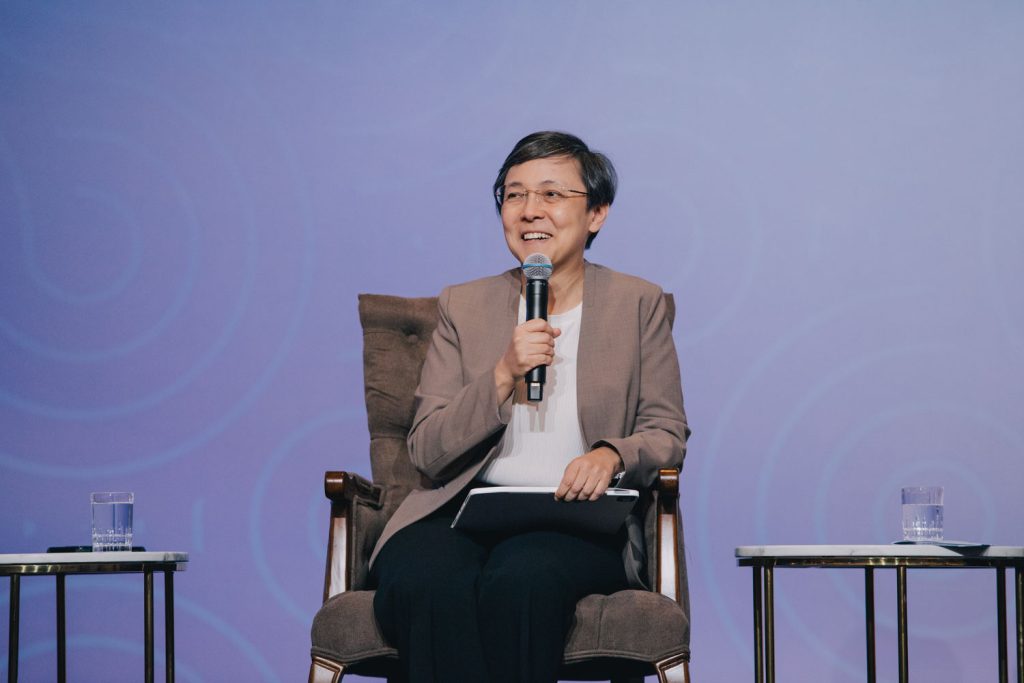
While Macao’s strengths are clear, local travel leaders must promote and communicate them better, as the make-up of today’s travellers evolves.
“In 2019, 8 million people visited Macao on group tours,” she said. “Last year, out of 28 million visitors, only about 1.2 million were on group tours. Tourism operators need to diversify their packages to be more specific for different types of travellers.”
Technology, sustainability and culture reshaping tourism
Those efforts could take on additional importance in an era increasingly dominated by technological innovations and one thing is certain: technology, including AI, is already influencing travel in Asia Pacific.
Day three began with a presentation from Caroline Bremner, senior head of travel research at Euromonitor International. She shared data showing that Asia Pacific travellers valued customised experiences. “[The] personal touch is absolutely vital,” Bremner said. But she quickly added that they have also embraced technology.
“Asian consumers are using tech more than other regions to make travel more seamless,” she explained.
That includes AI, she said, a resource that everyone in the industry should embrace as “another tool in the toolbox.”
Its impact is likely to go beyond making travel smoother, though.
Speakers throughout the final day of the summit spoke of the growing importance of sustainability. “More travellers are paying attention to green development. They will pay a little higher for green tourism,” said Liu Shijun, the vice chairman of the World Tourism Alliance. In many cases, speakers explained, AI is helping operators cater to these demands. Sarah Wang, regional director of the World Travel & Tourism Council, noted that Hilton Hotels has used AI to reduce food waste while Microsoft has used AI and big data to reduce emissions across the aviation industry.
As important as it is for businesses to adopt technology, PATA underscored that they will also need to embrace sustainability. “It is coming at us like a 10-tonne truck,” said Hannah Pearson, regional director for the Adventure Travel Trade Association and director of Pear Anderson, a research-based consultancy specialising in the Southeast Asian and Muslim travel industry. “We have to have a workforce that understands this and is ready to drive it.”
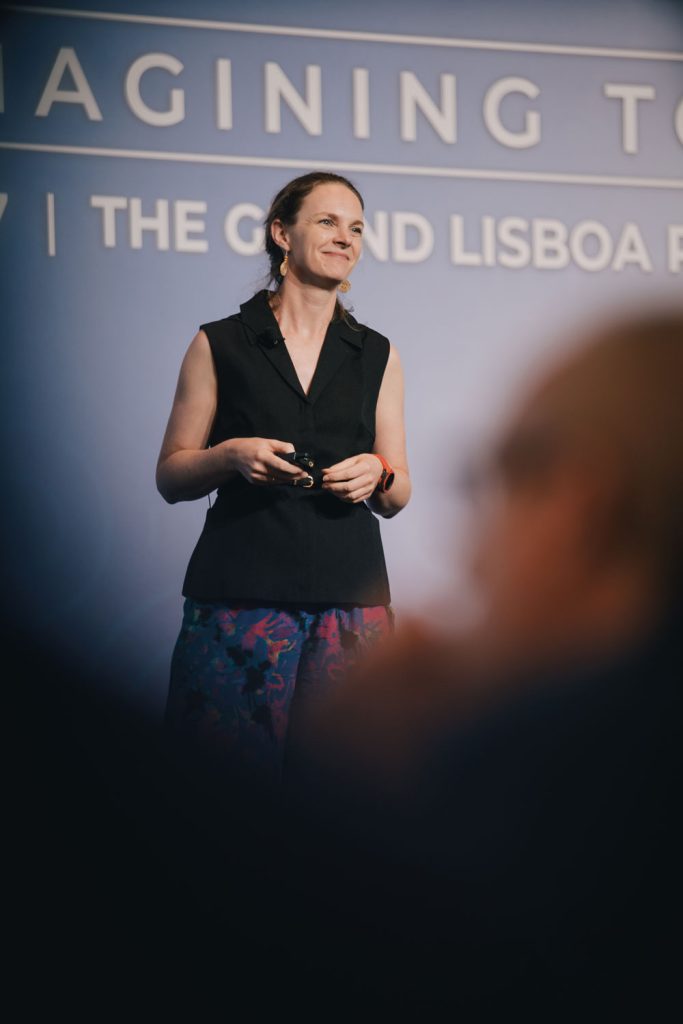
While these outside forces are rippling through the industry, PATA speakers emphasised one element that could offer a measure of stability and drive sustainable growth: culture.
In a deeply personal discussion with Semone, Pansy Ho, chair of Shun Tak Holdings, spoke fondly of her heritage and the role that culture has played in Macao’s tourism industry. “In Macao, we have always combined the development of our cultural programmes alongside promoting tourism,” she said. “Our heritage is part of our everyday life.”

PATA made clear that as Macao transforms its tourism offerings, culture will continue to be its differentiating factor.
Over the three days of the summit, delegates learned to make egg tarts and azulejo tiles. They took exciting nighttime excursions to discover the city at night when it becomes its most colourful. They savoured the globe-spanning flavours that so captivate travellers.
Above all, they experienced the cultural qualities that have positioned Macao to move from strength to strength as the “1+4” development plan takes off and the industry evolves.



